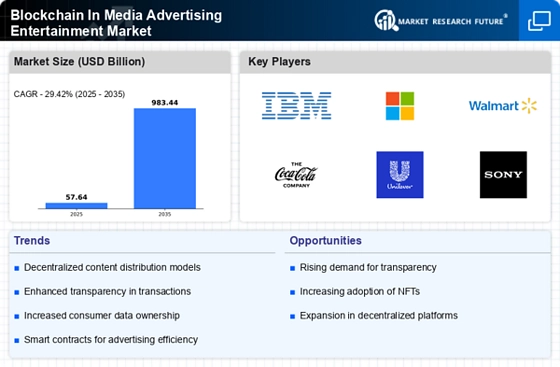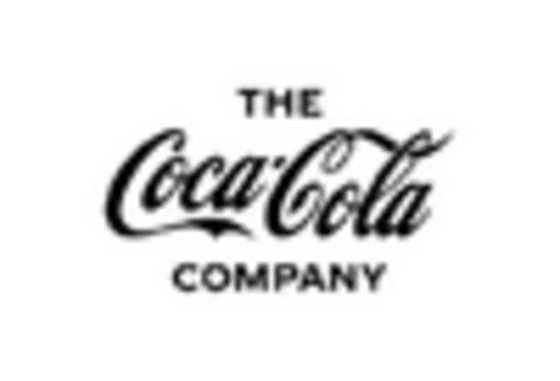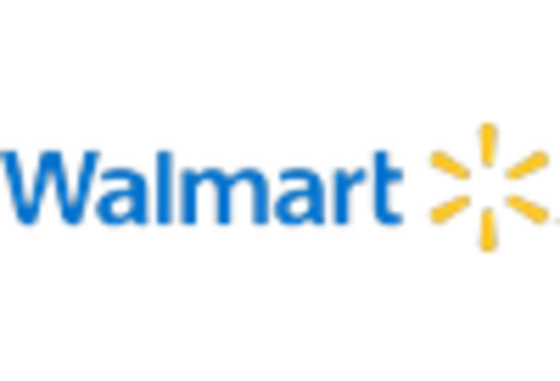Innovative Payment Solutions
In the Blockchain In Media Advertising Entertainment Market, innovative payment solutions are emerging as a key driver. The integration of cryptocurrencies and blockchain-based payment systems is transforming how transactions are conducted within the media landscape. This shift is particularly relevant as consumers increasingly seek alternative payment methods that offer speed and security. It is estimated that by 2025, blockchain-based payment solutions could facilitate transactions worth over 200 billion dollars in the media sector. This trend not only streamlines payment processes but also reduces transaction costs, making it an attractive option for advertisers and content creators alike.
Decentralized Content Distribution
The Blockchain In Media Advertising Entertainment Market is increasingly leaning towards decentralized content distribution models. This approach allows creators to distribute their content directly to consumers without intermediaries, thereby maximizing revenue potential. The rise of decentralized platforms is indicative of a broader trend where content creators seek to retain more control over their work. Reports suggest that decentralized platforms could account for up to 25% of the media distribution market by 2027. This shift not only empowers creators but also aligns with consumer preferences for direct engagement with content, further driving the adoption of blockchain technologies in the industry.
Enhanced Data Security and Privacy
In the Blockchain In Media Advertising Entertainment Market, the emphasis on data security and privacy is paramount. With rising concerns over data breaches and unauthorized access, blockchain technology presents a robust solution. By utilizing decentralized ledgers, advertisers can ensure that consumer data is securely stored and managed. This is particularly relevant as regulations around data protection become more stringent. The market is witnessing a shift towards solutions that prioritize user privacy, which could potentially lead to a 30% increase in blockchain adoption among media companies by 2026. Enhanced security measures are likely to foster greater trust between consumers and advertisers.
Increased Demand for Digital Advertising
The Blockchain In Media Advertising Entertainment Market is experiencing a surge in demand for digital advertising solutions. As more consumers shift towards online platforms, advertisers are compelled to adapt their strategies. This shift is evidenced by a projected increase in digital ad spending, which is expected to reach over 500 billion dollars by 2025. Blockchain technology offers a means to enhance the effectiveness of these campaigns by providing real-time data analytics and audience targeting capabilities. This increased demand for precision in advertising is likely to drive the adoption of blockchain solutions, as they can facilitate better tracking of ad performance and consumer engagement.
Growing Interest in Non-Fungible Tokens (NFTs)
The Blockchain In Media Advertising Entertainment Market is witnessing a growing interest in non-fungible tokens (NFTs). These unique digital assets are revolutionizing how media content is bought, sold, and traded. As artists and creators explore NFTs as a means of monetization, the market for digital collectibles is expanding rapidly. It is projected that the NFT market could surpass 100 billion dollars by 2026, indicating a significant opportunity for advertisers to engage with consumers in novel ways. This trend not only enhances the value proposition for creators but also opens new avenues for brand engagement, further solidifying the role of blockchain in the media advertising landscape.

















Leave a Comment